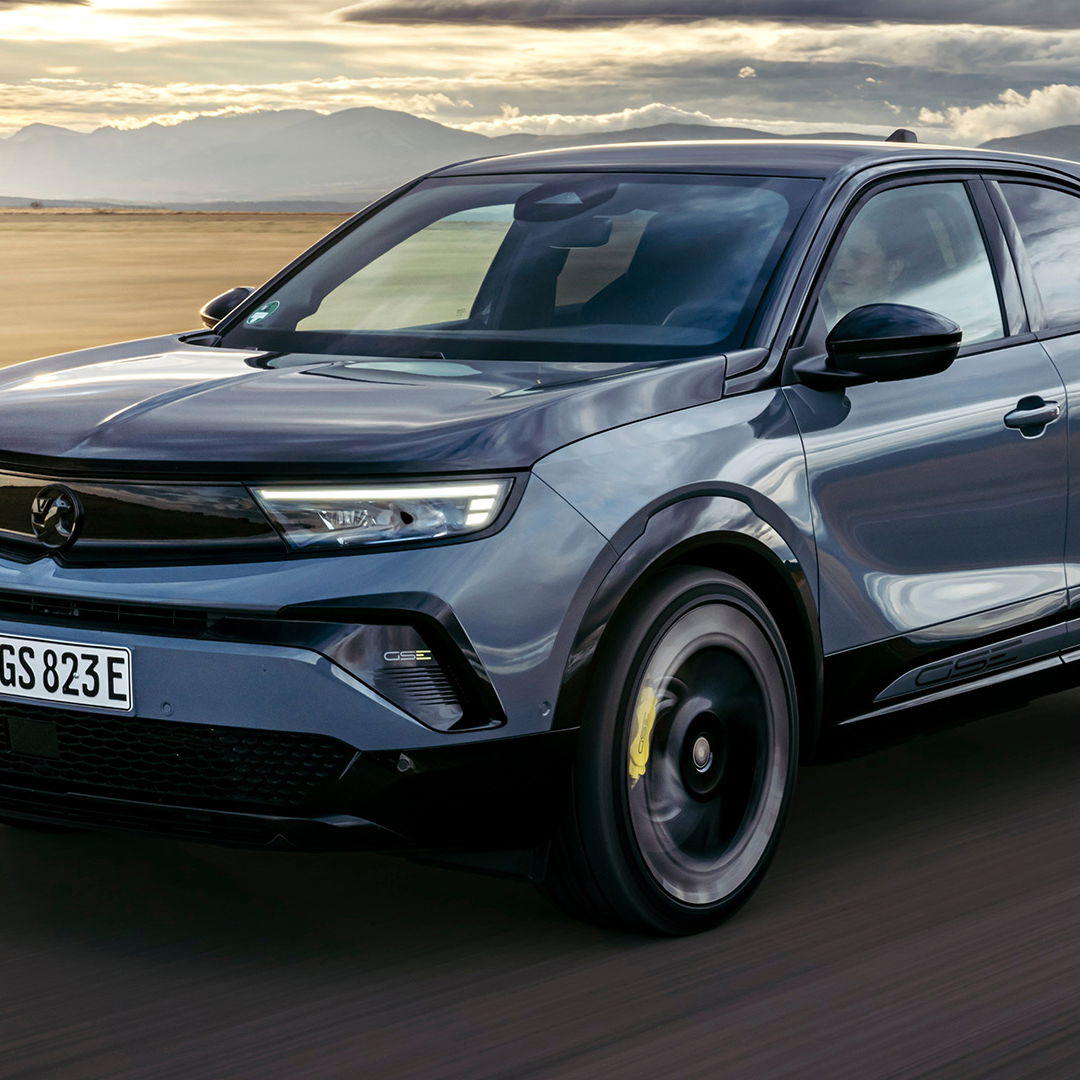The story of a technological yet passionate automobile: the Lexus LFA.
It all started in the year 2000. At the time, Lexus had a positive reputation for making reliable luxury cars, but Lexus was also mocked at for making rebadged Toyotas for the elderly folk with extra cash in their pocket. They were also mocked at for making cars that did not possess athletic driving dynamics similar to BMWs, although the original Lexus IS was a strong contender to Munich’s own 3 Series sports sedan. To challenge these stereotypes (which persist today), Lexus decided that it was time to show the world what it can do. Thus, the development for the LFA began. Chief engineer began to get Lexus engineers to begin the research and development for the exotic supercar.
As Lexus developed the LFA, Lexus decided to use a V10. Lexus was also testing a possible V8 with a similar engine displacement size ( less than 5 liters), but they discovered that it did not rev as high as the V10, so they decided to use V10, especially with the V10 being compact and lightweight already.
The high-revving N/A V10 was developed with the help of Yamaha. Speaking of its high-revving nature, Lexus decided to use a digital tachometer since the analog gauges could not cope with the engine’s tendency to rev very quickly. In December 2002, the LFA V10 was born.
As the LFA development was occurring, Lexus decided to use an in-house designed aluminum chassis.
In around 2004, Lexus began to send LFA testing mules to Germany’s renowned Nürburgring racetrack for testing purposes.
Then in the 2005 North American International Auto Show, Lexus unveiled the LF-A concept which previewed a Lexus supercar. Lexus however announced that it was revealed solely as a design study and that they do not have any plans in creating such a vehicle.
A few months after Lexus revealed the 2005 LF-A concept in Motown, the LFA engineers decided to use carbon-fiber reinforced plastic (CFRP) for 65% of the vehicle’s chassis in order to save weight, 100 kgs or 221 lbs to be exact. As the LFA’s development stage continued in 2006, the Lexus engineers discovered major reliability and durability issues. In mid-to late 2007, Lexus managed to solve these issues and proceeded testing in the Nürburgring. As they tested the LFA, they made small adjustments to the handling, power adjustment, and sound with the advice of chief engineer Haruhiko Tanahashi.
Some time later, Lexus unveiled the second LFA concept at the 2007 Tokyo Motor Show. A LF-A roadster debuted some time later at the 2008 NAIAS. At its debut, Lexus indicated that plans of a V10 and V8 hybrid LFA were occurring although plans of a LFA with a V8 hybrid powertrain never seemed to progress. The concepts strongly foreshadowed the production LFA with a digital tachometer and similar overall looks.
A few months after Lexus debuted the LF-A Roadster Concept, Lexus began to race the LFA at the 24-hours of Nürburgring race, which generated lots of curiosity from the public. The LFA race car managed to complete 1,750 miles.
Then in October 2009, Lexus finally revealed the production version of the LFA at the Tokyo Motor Show.
The production version of the LFA would be powered by a 4.8L naturally aspirated V10 with an output of 552 hp and 354 lb-ft of torque. The 1LR-GUE (its engine designation) has a 72-degree firing angle, which would improve engine efficiency and overall weight. The engine in fact is lighter than Toyota’s 2GR-FSE V6 found in Camrys and the like. The engine features forged aluminum pistons, forged titanium connecting rods, solid titanium valves, and dry-sump lubrication to prevent engine oil starvation and to lower the engine’s center of mass. As mentioned, the LFA’s 1LR-GUE revs up to 9000 rpm with a fuel cut off set at 9500 rpm. The LFA has six piston monoblock calipers at front and four piston monoblock calipers at the rear, both complimented with carbon ceramic brake discs. A six speed automatic sequential gearbox channels the power rearwards to a Torsen limited slip differential. It speeds from 0 to 60 mph in 3.6 seconds with a top speed of 202 mph. The LFA weighs around 3,206 lbs (1,480 kg), and it also has a weight distribution of 52/49 (front/rear) thanks to an aerospace carbon-fiber monocoque chassis.
In May 2010, several months after the LFA debuted in Japan, the motorsports version of the LFA won in its class at the 24 Hours of Nürburgring.
In December 15, 2010, Lexus began production of the LFA. The LFA went on sale at a price of around 375,000 USD. It would take approximately 8 days to finish building the LFA at its manufacturing facility in Motomachi, Japan.
Press reviews of the LFA came out eventually, and many were awe-stricken by the melodious sound of the engine, and its excellent driving dynamics. Some individuals criticized the transmission, while others were skeptical of the price tag attached to the supercar with a Lexus badge on it. Nevertheless, the car still impressed many individuals to the point that Jeremey Clarkson from Top Gear (back then) declared the Lexus LFA as his favorite car. Numerous individuals claimed it to be one of the best cars to come out of Japan, and even in the history of the automobile.
In June 2011, Lexus began testing the LFA with the Nürburgring package, and test driver Akira Iida set a Nürburgring record time of 7 minutes and 14 seconds. The special edition then debuted in January 2012. The Nürburgring edition LFA consisted of a re-calibrated transmission for faster shift times, a front splitter with canards, lightweight alloy wheels, adjustable suspension, and a fixed rear wing (the standard LFA’s wing was retractable).
Lexus made 50 of these units (out of the total 500 LFAs), with the final one being assembled in December 14, 2012.
Lexus has lost money on every LFA sold, but this vehicle served not just as a showroom attracter, but also as a testbed for future applications on Lexus products, such as carbon fiber. Certain characteristics of the LFA, including the gauge design, have trickled down to mainstream Lexus products such as the Lexus IS. The LFA was an indication of future Lexus models possessing sportier driving dynamics, and was an indication of a new aggressive design language across the lineup. The F Sport lineup in today’s Lexus lineup is an effort to carry on the legacy of the legendary Lexus LFA. Lexus has rejected the possibility of an LFA successor, but rumors suggest otherwise. If an LFA successor will arrive, it will likely be born with a hybrid powertrain, which Lexus was considering for the outgoing LFA. The LFA is such a vehicle that highlights what Toyota/Lexus is capable of doing. It debunks many of the stereotypes that often attack many Lexus vehicles, and it has helped in creating Lexus vehicles that possess improved driving dynamics. It will go down in history as one of the greatest cars to ever come out of the land of the rising sun.
Thanks for reading!












Comments
Simply an amazing machine. Best-sounding road car engine ever made.
I think it’s just v10 supercars that get me. The CGT, the LFA and the viper are basically the only supercars I actually dream of owning
I love this car!
Thank goodness the production version looks better than the concept version.
Great post man, didn’t know the very first LFA was red, I’ve never seen one like that. But I’ve only seen one lol so I guess that’s why haha
Great post man! If I had to choose one supercar to own for the rest of my life, without a doubt, I would choose the LFA. The high rev engine was developed by Yamaha just like 90% of great Toyota engines (including the 4age in my AE86) and the car, all said and done, isn’t just some simple status symbol like a mainstream Ferrari or Lamborghini, it’s simply Toyota’s love child, what a company that is known for the most boring eco cars truly desired to build, not what they have to build for the sake of business
Great post!!
Toyota and Yamaha are still making engines together? I guess they never had a reason to stop.
I could listen to its V10 all day.
Amazing blogpost! Love the LFA
One of the best cars ever made
Pagination